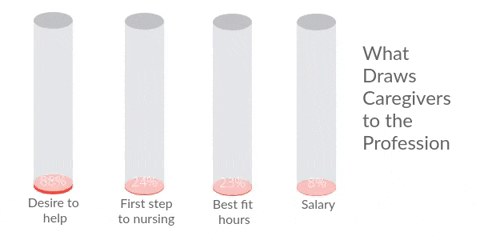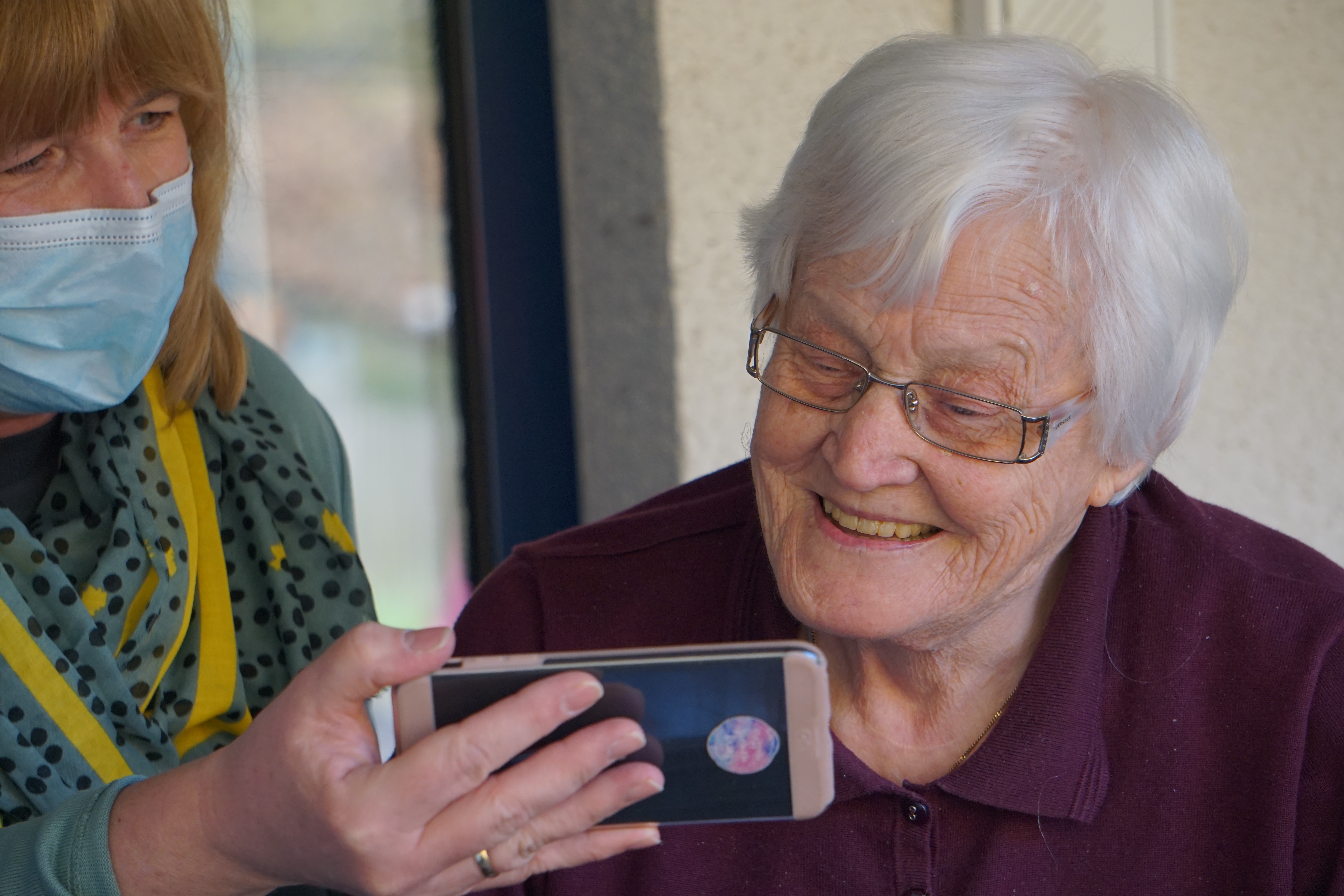Since recruiting and retaining caregivers is the lifeblood of homecare recruiting, healthcare recruiting, and other industries facing a shortage, finding the right approach to the recruitment funnel is critical. With in-person events off the table right now, job listing services might seem like the only viable option. The 2020 Benchmarking Study highlights an important recruiting difference between agencies that are growing and those that struggle to grow.
Let's face it, home care agencies are reliant on job listing services. According to the 2020 Benchmarking Study, the smaller the agency, the more this is true. And with in-person events much more difficult to achieve during 2020, the pressure is on.
Where Caregivers Shop
The job listing services have created a caregiver marketplace - that's smart for the listing services. Like any other marketplace it concentrates the activity in a single place. It's a place where buyers and sellers congregate to trade commodities.
The problem is the work and life of a caregiver, and your company, is anything but a commodity to be traded only on price, benefits or schedule. Job listing services are the place where caregivers shop and compare their employment options.
The job listing services and even some homecare advisors suggest that the job listing itself is at the top of our recruiting funnel. They even provide instruction that the title of our job listing is the most important way we can recruit. If you believe this, it reduces your entire recruiting effort to a very narrow slice of the real journey of the caregiver into a new job.
If the job listing is the top of your funnel, then you've allowed someone else to create the terms and frame the discussion about what is really important in a job like caregiving - it's keeping you invisible.
The recruitment funnel that makes you a commodity
Here's how a funnel looks when we view the job listing as the top of our recruiting effort:
This approach reduces the value of working for your agency down to just a few variables: wages, benefits, and schedules. It removes the things that really move people like their dreams, the culture of support, opportunities to grow, and working together for something greater than themselves. If you are offering those experiences to your employees (and you should), then where do they fall in this very narrow funnel called: "recruiting is filling out and responding to a job listing"?
If you wait until after a caregiver applies to educate them about why your company is a great place to help others- your recruiting funnel is upside down.

![]() Insights from the 2020 Benchmarking Study
Insights from the 2020 Benchmarking Study
If the job application is the top of your funnel, it leaves you nowhere to go except to direct competition on just a few variables like wages and benefits - guaranteed invisibility. This is, in fact, an inverted funnel. Instead of starting where prospects starts by searching and exploring based on their goals, it starts at the end of the process, when they are shopping for a job - and you are competing with every other agency that can afford to pay for job listings.
Would you market a car or soup this way?
This is the same as thinking that you could market your car dealership only by putting up banners on the lot. You only catch people who are driving around looking for a car. If they don't hear about how great your cars are first they will have no idea what you really offer, and you'll be compared to all the other cars that they've already learned about. All the other dealerships use marketing that shares their best features and reaches customers long before they show up at the dealership.
If you don't like the car example, how about trying to grow your share of the soup market by only advertising on the store shelf. Your only shot is to have a better-looking can, but if your competitor (that the customers have heard lots about) is next to you, or if anyone else is offering a sale - you're out of luck.
Brand, reputation, and positive feelings about the brand matter when it comes to making a choice.
Job listings are a market where job seekers are shopping for the best deal. It's not the place where the very best caregivers start thinking about their future and their work experience.
While you might be starting with the Job listing, your prospects aren't. They've already been in lots of other agency funnels, being influenced by other brand stories.
When you let others frame the hiring stage, the only place left to compete is either price, benefits, or schedule. That makes you a commodity. If you offer the best wages, benefits, and schedules then that's okay for you. If you aren't the top offer on the wage scale, then it isn't a great plan. Even if you are, don't you want people drawn to you for better reasons than wage?
The drawbacks of that approach are obvious, instead of making your agency stand out, it makes you just one more offering in the market. It commoditizes both agency and employee.
So what's the alternative to job listings?
For those that agree that these are all problems of recruiting through job listings, the question becomes, "What are the real alternatives?" Of course, job listings are going to be an ongoing part of your recruiting strategy. But they should not be the beginning or the only focal point.
2020 benchmarking Study: The largest home care agencies are 2X more likely to get their job applicants from their own website than smaller agencies.
Why is this insight important? Because recruiting employees through the agency website is fundamentally different for both the employee and the agency. Here are six reasons why that's true:
- Employees who are visiting the agency website have a better idea about what makes the agency special.
- A website application isn't always one of many applications being submitted by that prospect like it is on a job listing site, providing a less competitive and more exclusive way to hire.
- When you website is integrated with a CRM and marketing automation, you can also nurture these prospects before they get into the general job market. This timing advantage is big when it comes to winning great caregivers.
- Website visits help deepen brand awareness so that the employee focus is more on the opportunity and value of a specific agency rather than just a job as a commodity.
- Website visits allow the agency to share employee testimonials and other facts that inform the prospect about the benefits the agency offers.
- The right kind of website communicates much more than details, it allows the prospective caregiver to experience the culture of your company - another competitive advantage.
The reality of most home care websites is that they offer just one page of information for prospective caregivers, and those pages usually are just a list of a few benefits plus job listings.
Getting prospective caregivers to your website and what happens then, should be a priority
Your website is the digital asset that you control. It's the place where you can reach prospects before they start shopping, and drive home the value of working for you in meaningful way. Getting them to visit online and creating a high-impact experience is what your website should be doing.
-->Read more about how Inbound recruiting is a key part of this solution.
Turning the Recruiting Funnel Right-side Up
- Start viewing your website as a place to connect and educate prospects. One page is probably not going to meet that goal.
- Communicating with prospects in ways that demonstrate your commitment to the quality of their career and life. Don't make it just about you or the job.
- Elevating the caregiver role by telling caregiver stories and celebrating their lives and their service.
To get more ideas about how to boost your recruitment funnel schedule a visit with our team.






